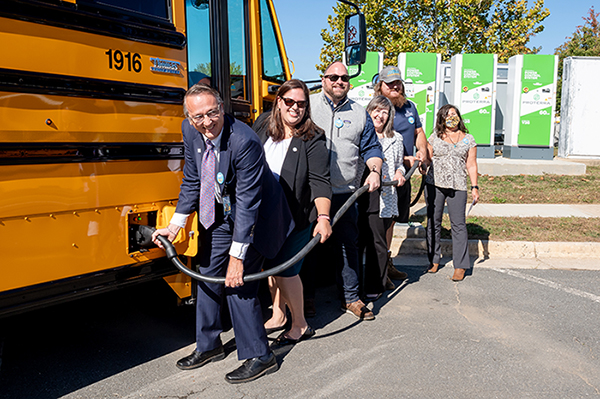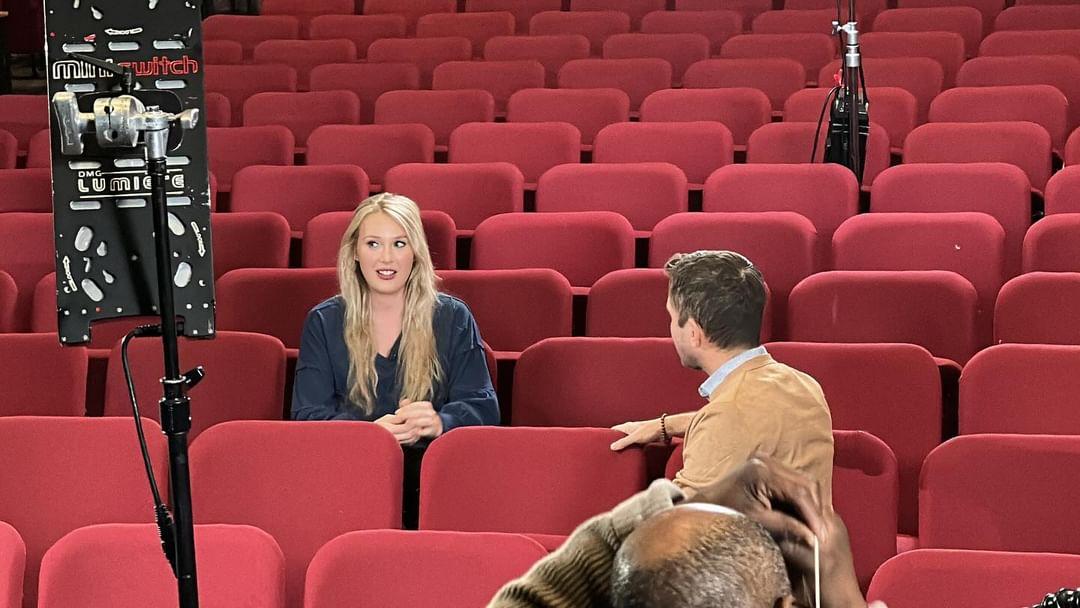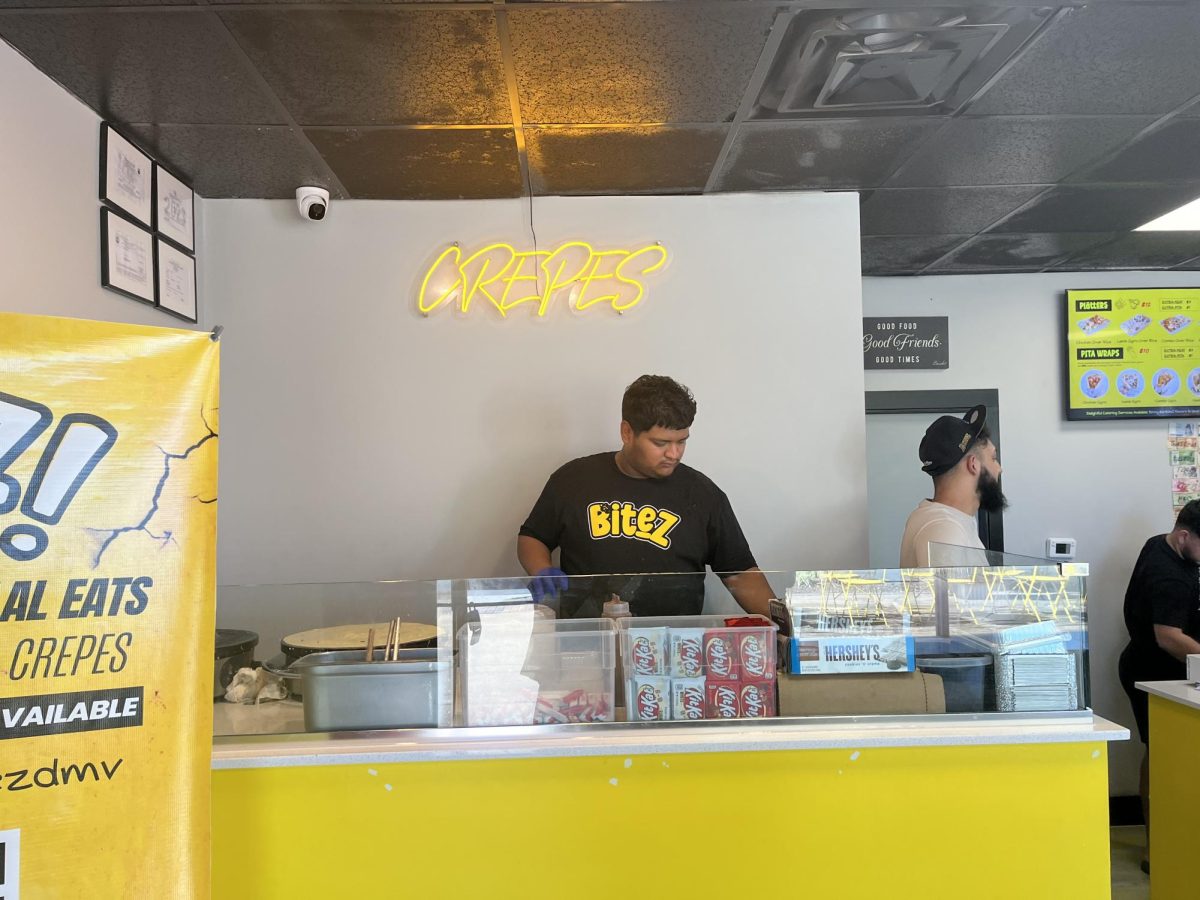The burning, sickly-sweet stench made IB Biology student’s wrinkle their noses in disgust. But this smell did little to prepare them for what lay around the corner: a human cadaver, wrapped in a stained, off-white sheet and very much the focal point of the room, lying on a metal table centered within the immaculately clean lab.
“This really scared the crap out of me,” senior Julian Jordan said. “I was expecting it, but actually seeing the body was jarring because I’d never seen a dead body before.”
Their guide, Professor Byron Massie, ushered 21 of the IB Biology HL students into the small room on April 7 and began to reverently unwrap his subject, a 58 year-old man who died of Leukemia some time ago. His life at the Northern Virginia Community College Medical Campus in Alexandria began almost seven months ago, when the already embalmed cadaver arrived.
“This is the ultimate gift, really,” Massie said. “When someone donates their body to science it’s not something they just wake up and decide to do, it takes a lot of effort and is something we really appreciate.”
The visit to the cadaver lab was part of a series of dissections done by the class. Last year, IB Biology students had the chance to dissect rats and squid, while later this year they will be dissecting sheep hearts and fetal pigs. On Monday, April 11, the class was able to dissect a sheep kidney.
Massie and his associates began their dissection, using a “turtle cut” to saw around the sides of the ribs to remove the chest and expose the organs beneath. As NVCC usually receives only one cadaver per year, this same cadaver has been used to teach many students about the form and function of each organ and system.
Massie began to walk the students through an investigation of the body – although the students were given none of the cadaver’s medical or personal history in order to preserve his anonymity, his every organ spoke volumes about his life and eventual illness.
Each of his organs was affected in some way by his incredibly aggressive cancer – his lymph nodes, which are usually microscopic, had swollen to the size of eggs, his lungs and heart all contained rock-hard tumors within their usually spongy consistency and, most dramatically, his spleen, normally a fairly small organ located next to the stomach, had more than tripled in size.
As Massie gingerly lifted each organ out of the chest and abdominal cavity, he passed them from student to student, giving each student time to glean whatever information they could from it in a very hands-on manner.
For IB Biology teacher Francesca Mast, the experience was very much worthwhile.
“I have dissected a human cadaver before, in college,” Mast said. “Although then it was a very different experience. We were looking at muscle and bone structure and not really focusing on the internal organs, so this was really a great experience.”
“I thought the whole day went very well, the timing was good and Professor Massie gave excellent instruction,” Mast continued. “He was very interactive and it was amazing that we could all see and touch the organs, as well as ask a lot of questions.”
A few students, however, opted not to go on the field trip.
“I didn’t go because I felt it was disrespectful to the person the body used to belong to,” said senior Zeni Saife-Selassi.
Human Anatomy classes at AHS used to make a similar trip several years ago, but as enrollment in the class grew, the fieldtrip became impossible. Now, for the much smaller IB Biology HL classes, the trip might become a tradition.
“I definitely think [IB Biology teacher Claudia] Lemus would take her second year class next year, it is a really great opportunity for all of them.”














Alex Davalos • Apr 12, 2011 at 11:07 pm
Great story and picture Emily!